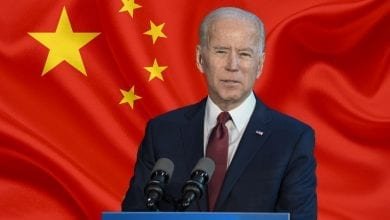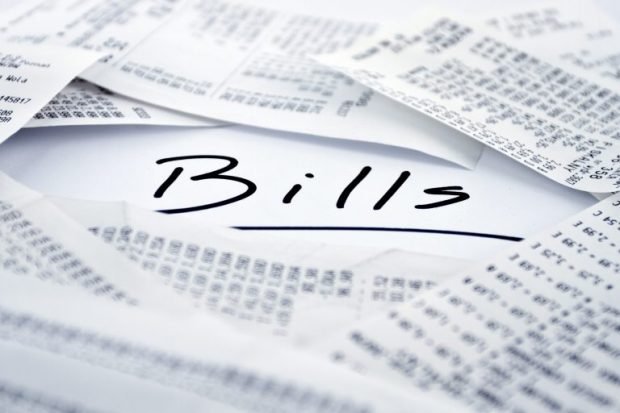Inflation Up Again in May. The Worst Is Yet to Come.
The Commerce Department recently reported that the consumer price index (CPI) increased by .6% in May. That means prices have risen 5% since last May 2020. This far exceeds the Biden administration and the Federal Reserve’s target of 2%. While they say the inflation rate will soon fall, the reality is that the rate is going higher.
From June 2020 to December 2020, prices rose modestly, with the CPI showing only a .1% or .2% increase in those months. Starting in January of 2021, the monthly CPI rose much more, increasing .3% in January, .4% in February, .6% in March, .8% in April, and .6% in May.
That means, since January, inflation is running at almost a 6½% annual rate. Since monthly CPI increases for the remainder of 2021 will be in the .3% to .6% range or higher, inflation for 2021 will be at least 6%. It could be higher if the Fed does not reduce its monthly $120 billion bond purchase, which increases the money supply simply because the Fed just electronically prints more money to purchase these bonds.
The Fed must also begin to slowly and steadily raise interest rates. The Fed raised interest rates eight times, from the end of 2016 through to 2018, each time increasing rates by one-quarter of a percent. That action took enough excess demand out of the economy to reduce inflation, but not enough demand reduction to slow economic growth.
Since it appears that the Fed will not act anytime soon, inflation will worsen. Growth in GDP for the current quarter will be at least 8%. That means the economy will have grown at more than a 12% rate since last June. This growth rate cannot be sustained and will lead to more inflation unless the Fed acts soon to remove some excess demand.
One sign economists look to when trying to forecast the increase in consumer prices, is the producer price index (PPI). This shows the inflation rate at the producer level. Since business wants to maintain profitability, increases in costs will be passed onto consumers. This is more likely to occur in an environment where consumers are flush with cash and are unlikely to resist price increase, which is exactly what we have today.
The PPI is rising even faster than the CPI, meaning future consumer prices will rise at a faster pace than they are rising now. This makes sense given that the money supply has increased more than 25% in the last two years, which puts excess demand into the economy.
Also, the federal government will spend at least $6.5 trillion more than they receive in tax revenue for 2020 and 2021. This means $6.5 trillion of excess demand has been pumped into a $21 trillion economy. This is highly inflationary.
Consumers are flush with cash. A family of four making less than $150,000 received at least $11,000 of free money from the federal government stimulus packages, whether the family was negatively impacted financially by the lockdowns or not. Data indicates much of that free money was saved during the lockdowns.
Now that the virus is almost contained and the economy is re-opening, consumers are anxious to spend, and they don’t seem to care if they have to pay higher prices. This inflation psychology will lead to more inflation.
Then there is the problem of many unemployed workers refusing to go back to work. To lure these unemployed workers back into the workforce, employers are significantly raising wages. This will lead to wage inflation which could lead to a wage/price spiral meaning long-term inflation could be a problem.
Usually, the Fed stays ahead of inflation, meaning they will take monetary policy actions that tend to slow the increases in prices, well ahead of the actual price increases. For some reason, the Fed says that the inflation is temporary meaning they do not have to take any action at this time, because, they say, the inflation rate will fall as the economy fully re-opens.
Given the increase in the PPI, the huge increase in the money supply, the continuation of near-zero interest rates, the excess demand from consumers that are flush with cash and rising energy prices due to the Biden Administration’s policies which reduce the supply of fossil fuels, more rather than less inflation seems likely.
Our hope is that the Fed quickly reverses its current policy by slowing the growth of the money supply and gradually raising interest rates. The longer they wait the more drastic their actions will be and the worse the inflation problem becomes.




